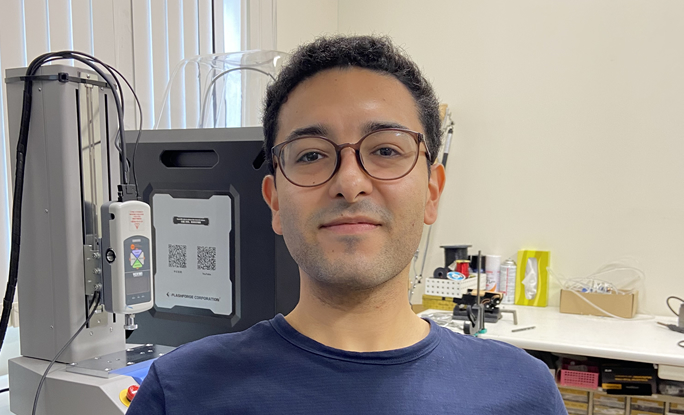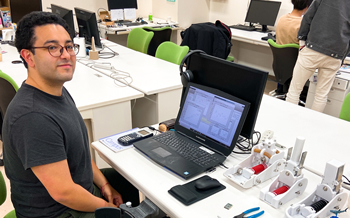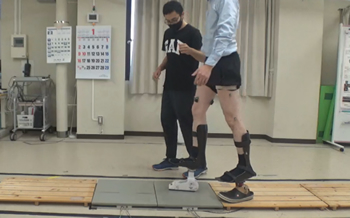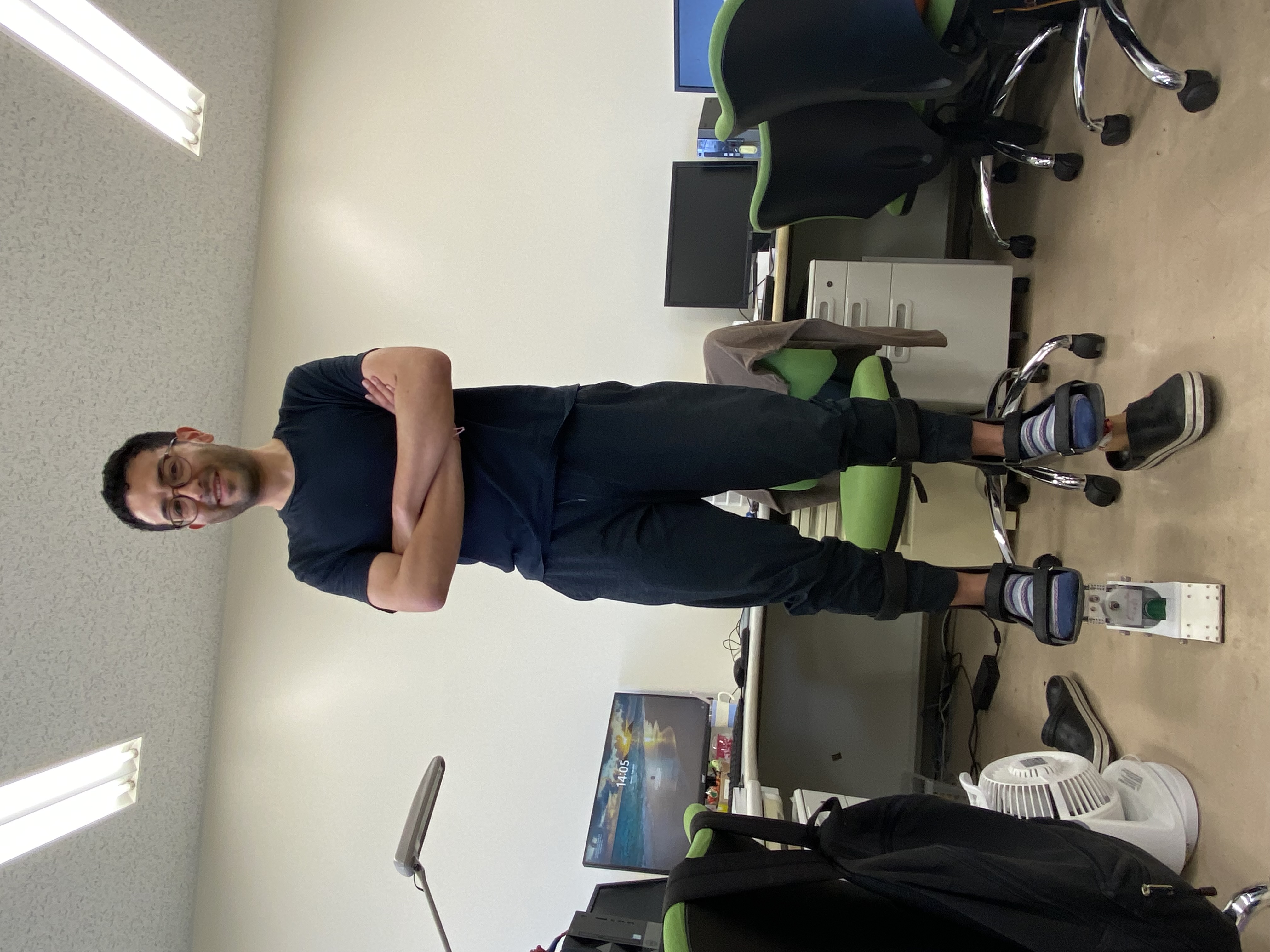- Fields of study:
- Prosthetics / Orthopedics
- Mentors:
- Dr. Kenji Suzuki / Dr. Masashi Yamazaki

Asking the right questions
Before entering the Humanics program I was studying a master’s degree in biomedical engineering in my home country, Colombia. In the final year of the program, I was offered to come to the University of Tsukuba as an exchange research student through the transpacific program (UT) and that’s how I arrived at the artificial intelligence laboratory and met my current advisor. I was introduced to the Humanics program by another professor working in the AI lab and, as a person who couldn’t choose between pure engineering and pure biomedical sciences (reason why my bachelor and master’s degrees are in biomedical engineering) I considered the Humanics program as the perfect fit for my aspirations to pursue high level research in both areas. My research topic is prosthetics, specifically the development of new passive lower limb prosthesis and the influence of this designs in the amputees’ biomechanics, including gait and muscular variables. I strongly believe that the research and development of medical devices is inevitably (and finally) heading towards bi-disciplinarity such that significant impact in the patients’ outcome and quality of life can only be achieved by the acquisition and development of bi-disciplinary knowledge and expertise. Humanics, in what my research concerns, is not only about new devices working properly but also asking relatively new but powerful questions as how the device influences the user’s physiology, how the patient is also affecting the device and even how the devices make the users feel.Simultaneously acquiring knowledge from two different fields can be challenging and time consuming. Having a strong financial support from the program really helps to focus only on the important things for which I am really thankful for. Finally, I consider what also makes this program unique is the immense diversity in research fields, cultures and nationalities that allows for endless combinations and the development of truly innovative and different multidisciplinary projects.
[Time table of an ordinary day]

Desing and assembly of different prosthesis prototypes in AI-IIT laboratory

Performing Kinematic data aquisition in the Center for Innovative Medicine and Engineering

Testing myself the prototypes.
